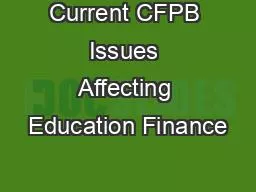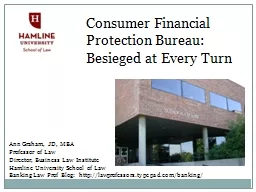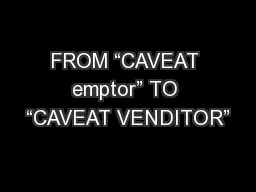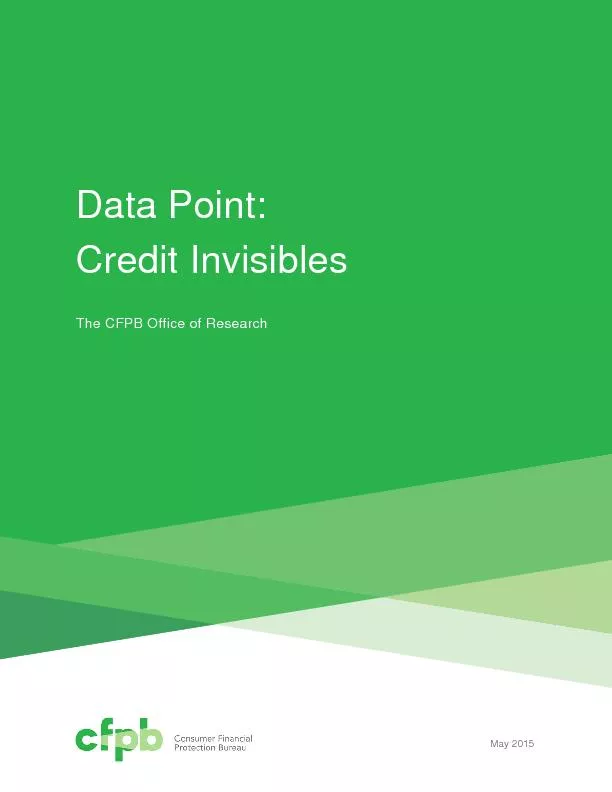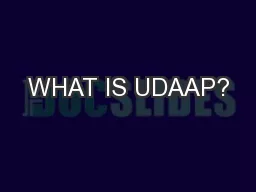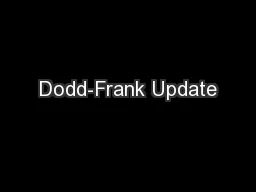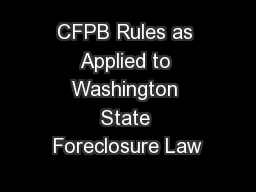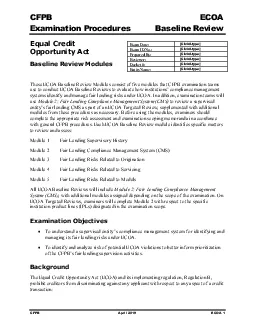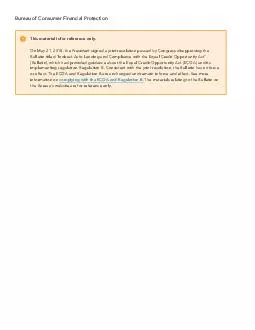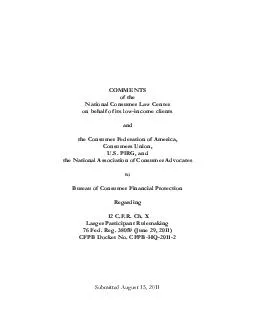PPT-Current CFPB Issues Affecting Education Finance
Author : goldengirl | Published Date : 2020-06-24
Richard P Hackett Esq NCHER Winter Legal Meeting January 24 2014 1232014 1 Disclaimers Rules for former CFPB executives what I cant talk about I come to channel
Presentation Embed Code
Download Presentation
Download Presentation The PPT/PDF document "Current CFPB Issues Affecting Education ..." is the property of its rightful owner. Permission is granted to download and print the materials on this website for personal, non-commercial use only, and to display it on your personal computer provided you do not modify the materials and that you retain all copyright notices contained in the materials. By downloading content from our website, you accept the terms of this agreement.
Current CFPB Issues Affecting Education Finance: Transcript
Download Rules Of Document
"Current CFPB Issues Affecting Education Finance"The content belongs to its owner. You may download and print it for personal use, without modification, and keep all copyright notices. By downloading, you agree to these terms.
Related Documents

